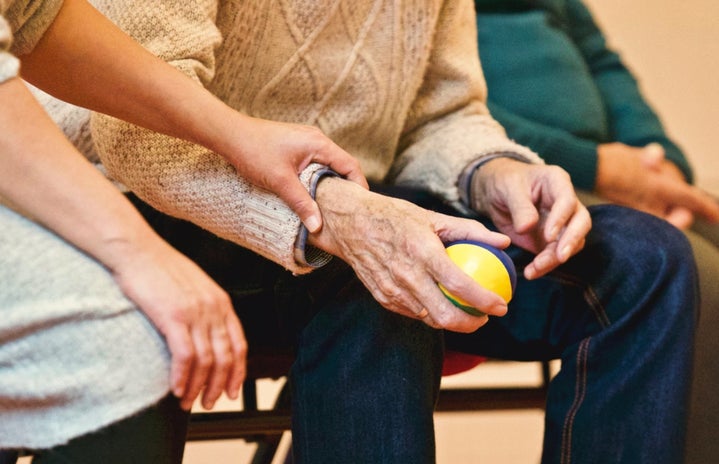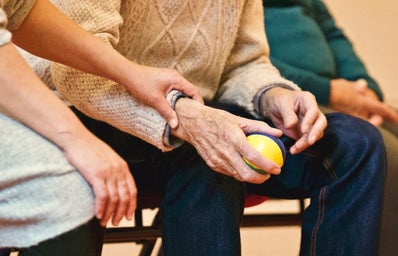After living through the COVID-19 pandemic for over a year, more elderly people have been adjusting to a life of socially-distanced practices, video calls with their grandchildren, and face mask accessories. With restrictions placed on many nursing homes and their residences, many families are choosing to bring their elderly family members back home to live with them. Even as some restrictions ease in the United States and in other countries around the world, the elderly and those living in group homes are still encouraged to shelter in place and avoid contact with individuals outside of their homes.
Older individuals are feeling the loneliness of the pandemic set in as many are not allowed to see their family members. With the holiday season passed, many older adults were not allowed to see their family during the holidays that they held close to their hearts for decades. Because of this increased separation from their families and decreased social contact, families have been taking their loved ones out of group home settings. However, with this shift to back-to-house settings, there will be more burdens placed on families financially, physically, and mentally.
For many single-parent households or those that have kids that need help with online school, hiring aid may be necessary for the care of their loved ones. As more families continue to take their family members out of group homes, the demand for nursing care assistants and aides will go up. Furthermore, the cost of living will also go up as families spend more time taking care of their loved ones. According to Patricia Kelleher, executive director of the Home Care Alliance of Massachusetts, hourly rates that clients pay for agencies in Boston for non-medical home health care can range from $29 to $33 an hour. For many families, this cost can be absolutely crushing. Non-medical health care in home settings can be incredibly expensive, but this cost may be worth it to many families who are able to see their loved ones happy for the first time in months.
With this cost increase for many families, organizations like the AARP are attempting to find funding for programs that allow individuals to have more assistance with care for elderly people outside of hospitals or nursing homes. Jim Reynolds, CEO of Connected Home Care, says: “As an industry in Massachusetts, we were operating before the pandemic with approximately 20 percent too few workers to fill the demand.” We need more incentives and programs available for people to become certified nursing assistants or aids for the state if we want to have adequate workers for elderly people.
As President Biden settles into office and makes plans for the future, we are eager to see if his plans for the federal level of the AARP-endorsed Caregiver Advise, Record, Enable (CARE) Act will be implemented. The act will help with making sure caregivers have hospitals educate them on information and familiarize them with care plans when their loved ones are discharged. It will be interesting to see if his plans to give a $5,000 tax credit for informal caregivers will be implemented as well. This amount of money can help alleviate some of the financial concerns off of families who have decided to bring their loved ones back into the household.
As we continue to face hardships during this pandemic, it is often our elderly that we must attempt to care for and keep safe as much as we can. This is our most vulnerable population and we must ensure their access to the vaccine, as well as to adequate daily care. While it may be challenging as there are many hurdles to jump over, many American families are done with putting their loved ones in a nursing home during the pandemic. With issues of isolation, abuse, infection, and maltreatment in nursing homes all over the world, we must come together to make home care more accessible for all. While Biden’s plan for the future of our elderly may help, it is ultimately up to the American people to come up with solutions to the flaws of our healthcare system.



